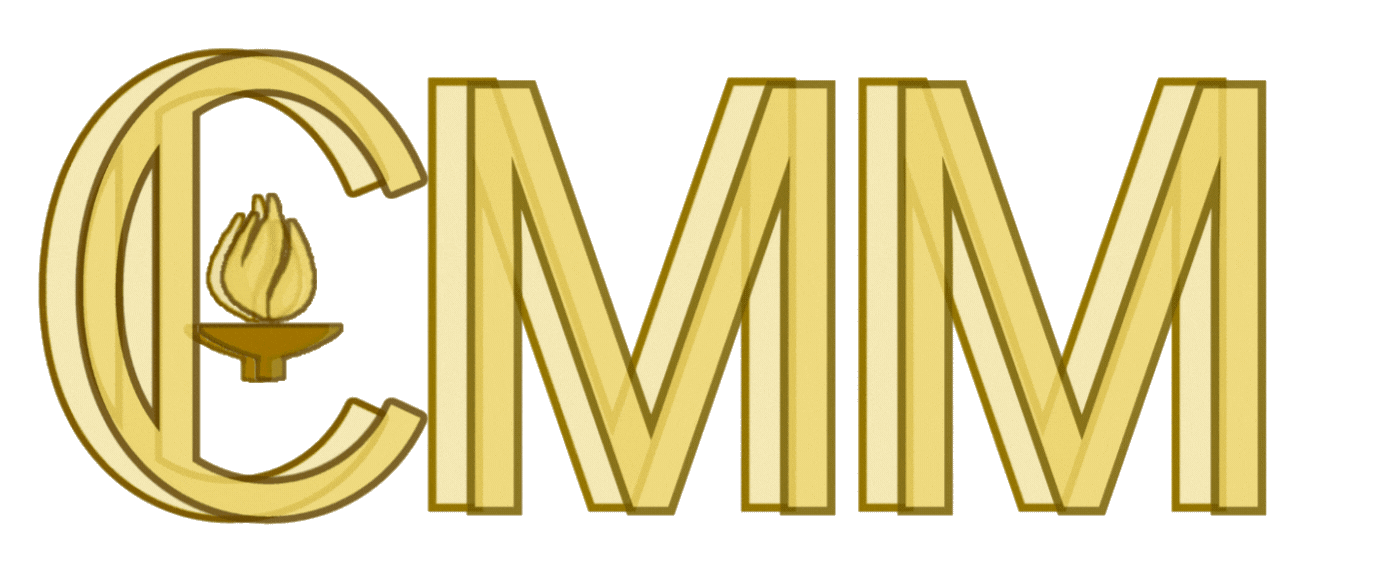Competition Rules
If you have any questions or concerns regarding the rules below, please reach out to us at cmm-help@caltech.edu or on the Discord server.
General Rules
-
Contestants must be 19 years old or younger and must not be enrolled full time at a university.
-
Each team can have no more than six people. Teams with fewer than six people will be at a disadvantage.
-
No aids other than writing instruments and paper will be allowed. Compass and ruler are allowed, but not required. Protractors are not allowed. In particular, no calculators will be allowed on any part of the competition, and any cell phones must be given to a coach or a proctor before the contest rounds begin.
-
CMM will use the mathematical conventions found here. Please make sure students are familiar with these conventions so that their answers are not marked wrong because they did not write their answers in simplest form, and that they understand what the expectations are on the Power Round.
Specific Round Rules
The power round is a proof-based round taking place virtually over the course of two weeks. Please see the Power Round Information page for more details. For more information/help on proof writing, please check out the Resources page on the CMM website!
The team round will last for 60 minutes. The test will have seven proof-based Olympiad-style questions. The questions will roughly be in order of increasing difficulty. Each question will be labeled with its corresponding point value. The teams must justify their answers correctly to earn full credit, although incomplete solutions may earn partial credit. See the CHMMC Winter 2021 and 2020 Proof Round for example problems.
The individual round will last for 90 minutes. The test will have fifteen questions each with short answers. Students will not need to justify their answers to the individual round questions.
Top-scoring students on the individual round may be invited to a tiebreaker round. They will be given a handful of questions to be solved in a short period of time. The students will be allowed to hand in their answers before the time limit. The students with tied individual scores will be ranked first by the number of correct answers on the tiebreaker and then by their time of submission.
The overall team score breakdown is as follows: 40% Power Round, 25% Team Round, 35% Individual Round.
Scoring
An individual's score will be their score on the individual round. If ties must be broken to determine the ranks of the top students, the tiebreaker round will be used. If there are still ties to be broken, we will determine a ranking based off of the highest-numbered question on the individual round answered correctly by one tied individual but incorrectly by another.
A team's score will be the sum of its group round score and the individual round scores of its members. The rounds are weighted so that the sum of the individual round scores is worth as much as the group round score. If two teams are tied, the following criteria will be used, in order, until a winner can be determined:
-
Highest group round score.
-
Highest power round score.
-
The highest-numbered question on the team round answered correctly by one tied team but incorrectly by another.
-
The highest individual score of an individual on one of the teams but not on the other team.
In the unlikely event that two teams are still tied, a tie breaking procedure similar to the tiebreaker round may be used.
